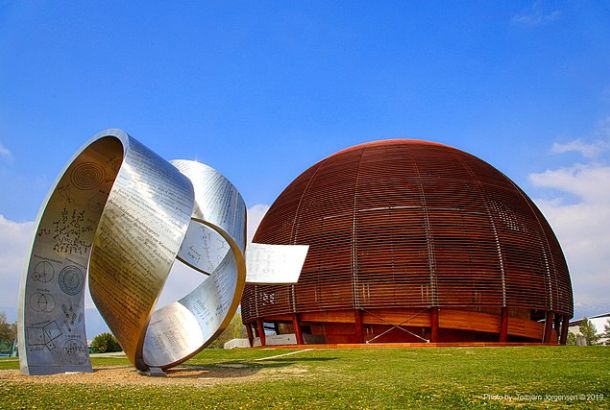PPE: Pandemic pollution everywhere
By Chloe Tenn

You can see them hanging from car rearview mirrors, tucked into purses, or dangling from ears. You run back inside to grab one before you go to Sainsbury’s or the pub.
Masks, a type of PPE (personal protective equipment) have become ubiquitous in the everyday life of a pandemic world. While it is a life-saving device, PPE such as masks has become a pollution problem, prompting research into environmental consequences and mask disposal behaviours.
The manufacture of plastic PPE soared during the pandemic out of necessity, the World Health Organisation ordering a 40% increase of disposable protection production in 2020 to meet the tidal wave demand the pandemic ignited. Now, discarded face masks are washing up on the shores of about 30% of the UK’s beaches and are dotting the shorelines of Lima, Peru.
Disposable PPE created six times more plastic waste in China and it is predicted that at this rate, countries like the United States can generate an entire year’s worth of PPE waste in a mere two months. Because of this, there might be an increase in plastics littering the ocean waves.
Same pollution, different products
Plastic pollution is not a new story. Whether it is plastic bags being mistaken as prey for seals or plastic straws being ingested by turtles and birds, the problem of plastic pollution is found everywhere. Bags, straws, and the omnipresent disposable masks are made of plastic polymers like polypropylene which takes decades to decompose.
In addition to refusing to degrade, disposable masks have chemical additives that can be toxic to the environment surrounding locations of PPE disposal such as landfills. These toxins, in turn, can harm animal and plant wildlife as well as seep into human water and food sources.
A study found that about 3.4 billion disposable face masks and shields are thrown out every day. However, while they may be out of sight and in the bin, this PPE does not disappear. Almost 80% of plastic waste ends up in landfills or nature with as little as 9% being recycled, a testament to plastic’s permanence as a non-degradable product.
A lot of plastic products are carelessly thrown away into waterways and end up in the ocean. The ocean is one of the most heavily impacted ecosystems by plastic pollution, and the increased use of PPE plastics exacerbates the problem.

Plastics break down into smaller pieces called microplastics over time, which only serve to enhance environmental harm.
Disposable surgical masks in particular release microplastics in the form of fibers as they degrade and age in nature.
A scientific study placed disposable masks under oceanic weathering conditions by soaking them in seawater. The researchers observed that masks can release over 170,000 microfibers a day in a marine environment. These microfibers often contain contaminants that are ingested by marine wildlife and bioaccumulated up the food chain, increasing toxicity to potentially lethal levels.
Thus, the increased and improper disposal of single-use masks provides the space for both a biochemical threat and potential physical threat as sea animals entangle themselves in masks’ elastic ear loops or ingest the materials they are unable to digest.
Solutions to the Mask Debacle
Alongside calls for improved COVID-19 waste management and policy around the world, people are taking PPE pollution into their own hands quite literally. Organized volunteers from the Ocean Conservancy removed over 107,000 pieces of PPE from waterways and beaches worldwide in the last half of 2020. A cleanup organizer from the UK Channel Islands noted that masks, in particular, are washing up on the British shores.
Additionally, this global challenge has prompted research and innovation. Researchers at McMaster University in Canada are developing a way to recycle masks by melting the plastic and forming it into reusable pellets. Other endeavors include the invention of a biodegradable face mask using wood and paper-based materials which can decay more quickly and without the dangerous consequences of plastic pollution.
These initiatives hold potential for applications to wider circumstances of plastic pollution in the future, such as the aforementioned environmental damage by plastic bags and straws.
As summer approaches and vaccinations roll out, you may see fewer masks hanging from rearview mirrors or ears. However, the need for masks still exists and the knowledge of how disposable PPEs impact the environment is valuable in mask-wearing practice. Luckily, there are emerging ways to be both life-saving and environment-saving as you continue into a post-pandemic world.







